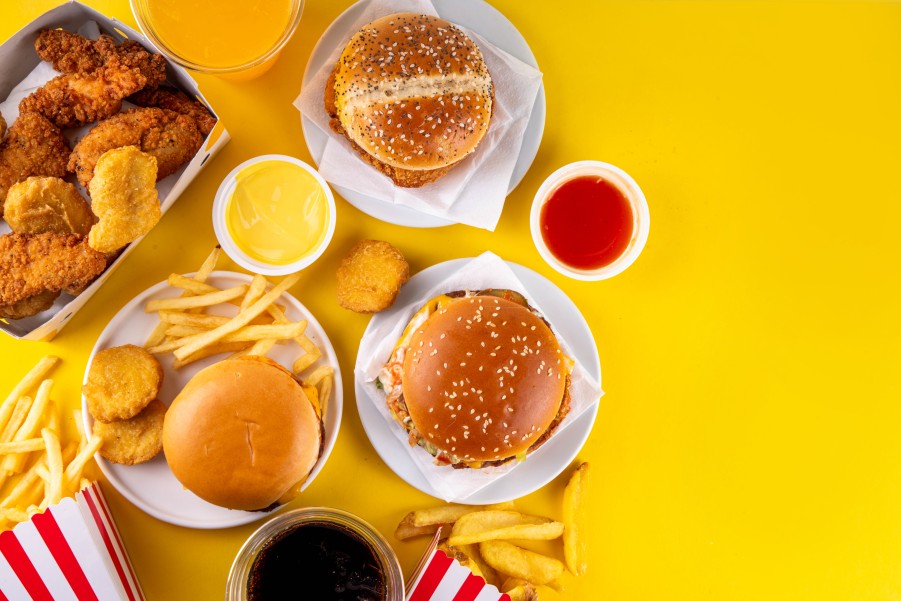
- Industry news
Industry news
- Category news
Category news
- Reports
- Key trends
- Multimedia
- Journal
- Events
- Suppliers
- Home
- Industry news
Industry news
- Category news
Category news
- Reports
- Key trends
- Multimedia
- Events
- Suppliers
How to define ultra-processed foods? IFT experts renew calls for science-based classification
Key takeaways
- The Institute of Food Technologists urges regulators to base UPF definitions on nutritional quality rather than the degree of processing to avoid oversimplifying complex food systems.
- The US FDA and USDA’s Request for Information marks the first concrete step toward a unified national definition, signaling potential shifts in labeling, marketing, and policy.
- An official UPF definition could reshape how foods are formulated, labeled, and approved for federal programs — affecting everything from product reformulation to consumer perception.

Pressure is mounting on food regulators to devise an official definition of ultra-processed foods (UPFs), a recurring topic in the US as the regulatory landscape becomes more complex with stricter controls for the food industry.
As many call for the worst excesses of industrial food production to be reined in, one of the hot-button topics is how to define UPFs. It’s back in the spotlight as the Institute of Food Technologists (IFT) — a non-profit scientific society of professionals in food science and food technology — wants to see a uniform national standard on UPF.
Crucially, the organization is calling for science-based definitions that focus on nutritional quality — not the degree of processing — to guide future food policy.

IFT states that without a clear, science-based framework, the debate around UPFs risks oversimplifying a complex issue and stigmatizing safe, nutrient-dense foods that play a crucial role in healthy diets.
Nutritional quality debate
For instance, existing systems broadly categorize foods by processing intensity without considering nutritional composition. This generalization can lead to the misclassification of nutrient-dense foods, such as whole-grain bread and yogurt, as “ultra-processed.”
Another point is that ingredients should be evaluated in context, considering their function and nutritional contribution rather than their presence alone. Additionally, it is important to note how some UPF systems can confuse or conflate processing (the steps used to make food) with formulation, or the ingredients and amounts used.
“Few terms in food and nutrition policy generate more confusion or stronger opinions than UPFs. The phrase appears in scientific journals, media reports, and public debates. Yet, no shared definition exists. Without a clear, science-based framework, the conversation risks oversimplifying a complex issue and stigmatizing safe, nutrient-dense foods that play an essential role in healthy diets,” says Anna Rosales, VP of Science and Policy at IFT.
Earlier this year, the US FDA and the US Department of Agriculture issued an official “Request for Information” (RFI) to help define what constitutes a UPF, which many see as a significant first step toward grounding the discussion in evidence rather than perception.
IFT shared its input on a UPF definition by convening expert members from academia, regulatory science, industry, and public health, for “a balanced, multidisciplinary perspective.”
Other IFT recommendations include ensuring that processing methods are not definitive markers for labeling something as a UPF, and that “clear, evidence-based terminology is essential for effective communication with consumers.”
 Some ultra processed food is clearly connected to typical types of junk food, but a clear definition should clear up confusion between formulation and processing (the steps on how to make food).
Some ultra processed food is clearly connected to typical types of junk food, but a clear definition should clear up confusion between formulation and processing (the steps on how to make food).
Government agencies focus on a precise definition
It is not yet known how far along in the process US regulators are, but issuing the RFI, which has just concluded, indicates that the government is seriously considering how to move forward on a single, authoritative federal definition of UPFs in the US food system.
This development raises the question of whether a clear official definition is on the horizon.
As part of his “Make America Healthy Again” campaign, which has led to bans on artificial food dyes and other artificial ingredients in the US food supply chain, Secretary of Health and Human Services, Robert F. Kennedy Jr., has often described UPFs as a major contributor to the country’s chronic-disease epidemic.
Under his leadership, federal agencies are working to develop a clearer definition of UPFs while stressing that there are no plans to ban them across the board, like they have in the case of some artificial food additives, such as red dye No. 3.
If and when the FDA and USDA establish an official definition, it will become a regulatory category that will influence many aspects of the F&B industry at large.
These shifts could affect labeling requirements for F&B products, eligibility for school meals and other federal nutrition programs, advertising and health claims, reformulation incentives and taxes/subsidies, and consumer perception and market behavior.
Meanwhile, California has introduced a law to eliminate UPFs from public school meals — the first US state to enact such measures. Assembly Bill 1264, recently signed by Governor Gavin Newsom, requires schools to begin phasing out UPFs by July 2029, with a complete ban by July 2035.
Another notable move in the UPF space is the recent launch of the Americans for Ingredient Transparency coalition, which advocates for a uniform national standard on ingredient transparency and labeling.










